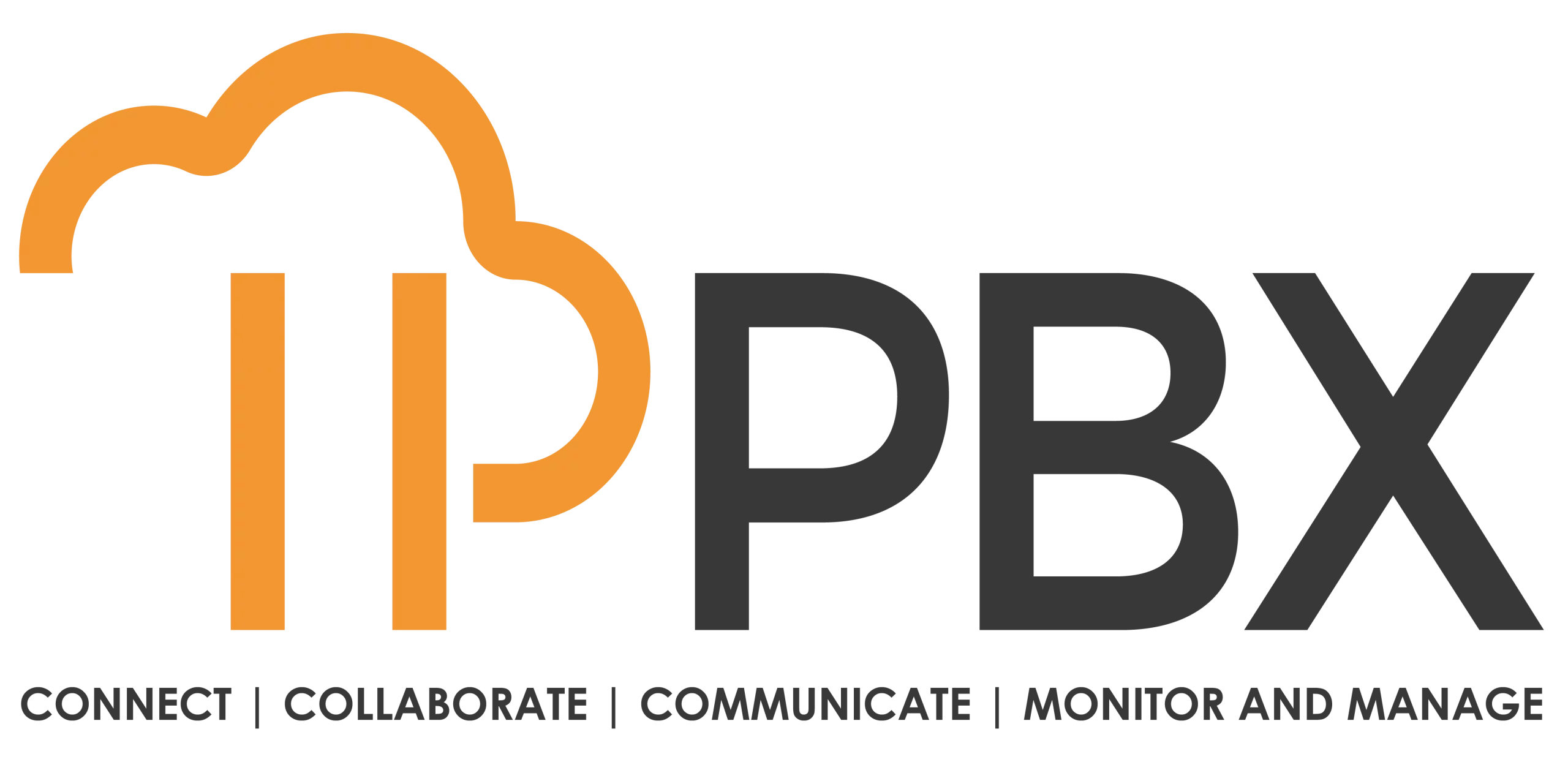In today’s competitive business landscape, exceptional customer service is a key differentiator. With customers expecting quick, efficient, and personal interactions, optimizing communication platforms becomes crucial for businesses aiming to enhance their service quality. By leveraging the best communication platforms for business, organizations can streamline their communication processes, improve customer engagement, and ultimately drive satisfaction and loyalty. This article explores strategies for optimizing communication platforms to deliver better customer service.
Understanding the Importance of Communication in Customer Service
Effective communication is the backbone of excellent customer service. It not only facilitates the resolution of customer inquiries and issues but also fosters a positive relationship between businesses and their clients. Here are some reasons why optimizing communication platforms is vital for customer service:
1. Faster Response Times
Customers today expect rapid responses to their inquiries. Optimizing communication platforms enables businesses to provide immediate answers, reducing wait times and enhancing satisfaction.
2. Improved Customer Engagement
Engaging with customers through their preferred communication channels helps businesses build stronger relationships. Personalization and timely interactions can significantly enhance the customer experience.
3. Enhanced Problem Resolution
Streamlined communication tools allow customer service representatives to collaborate more effectively, leading to quicker problem resolution. This efficiency not only satisfies customers but also reduces the workload on service teams.
Key Strategies for Optimizing Communication Platforms
1. Choose the Right Communication Tools
Selecting the best communication platforms for business is the first step towards optimizing customer service. Here are some top options to consider:
- Live Chat Solutions: Platforms like Intercom and Zendesk Chat allow for real-time interactions, enabling customers to get immediate assistance while browsing your website.
- Help Desk Software: Tools such as Freshdesk and Jira Service Desk help manage customer inquiries efficiently, allowing for ticketing, tracking, and reporting.
- Unified Communication Platforms: Solutions like Microsoft Teams and IPPBX integrate various communication channels—chat, video, email—into one platform, simplifying interactions for both customers and service agents.
2. Implement Multi-Channel Communication
Customers today interact with businesses through various channels, including email, social media, phone, and live chat. Optimizing your communication strategy means providing support across these channels.
- Consistency Across Channels: Ensure that your messaging and customer support are consistent across all platforms. This helps in building trust and provides a seamless experience.
- Channel Preferences: Use analytics to understand which channels your customers prefer and tailor your communication strategy accordingly. For instance, younger customers may prefer social media interactions, while older customers might lean towards emails or phone calls.
3. Train Your Team on Effective Communication
Even the best communication platforms are only as effective as the people using them. Training your customer service team on the best practices for communication is essential.
- Empathy and Active Listening: Encourage representatives to practice empathy and active listening. Understanding the customer’s perspective can lead to better solutions and improved satisfaction.
- Product Knowledge: Ensure that your team is well-versed in the products or services offered. Knowledgeable representatives can provide accurate information quickly, reducing handling time.
4. Utilize Automation Wisely
While human interaction is critical, automation can enhance efficiency when used correctly. Here are ways to optimize automation for better customer service:
- Chatbots for Initial Queries: Implement chatbots to handle common questions and inquiries. This allows human agents to focus on more complex issues while providing immediate responses to simpler queries.
- Automated Ticketing Systems: Use automated ticketing systems to prioritize and route customer inquiries to the appropriate departments. This speeds up response times and improves resolution rates.
5. Monitor and Analyze Communication Effectiveness
To optimize communication platforms, it’s essential to continuously monitor and analyze their effectiveness. This helps identify areas for improvement and ensures that your strategies are working.
- Key Performance Indicators (KPIs): Track KPIs such as average response time, customer satisfaction scores, and resolution rates. These metrics provide insights into how well your communication strategies are performing.
- Customer Feedback: Regularly solicit feedback from customers regarding their experience. Use surveys or follow-up calls to gather insights that can inform future improvements.
6. Foster a Culture of Continuous Improvement
Encouraging a culture of continuous improvement within your customer service team can lead to ongoing enhancements in communication effectiveness.
- Regular Training and Workshops: Offer ongoing training and workshops to keep your team updated on the latest communication tools and techniques.
- Encourage Innovation: Empower your team to suggest improvements and innovations in communication practices. A team that feels valued and engaged will be more motivated to enhance customer service.
Conclusion
Optimizing communication platforms is essential for delivering better customer service in today’s fast-paced business environment. By selecting the best communication platforms for business, implementing multi-channel strategies, training your team effectively, utilizing automation, and continuously monitoring performance, organizations can significantly enhance their customer interactions. Ultimately, a commitment to optimizing communication not only leads to improved customer satisfaction but also fosters loyalty and drives long-term success. As businesses continue to adapt to changing customer expectations, investing in effective communication strategies will be vital for thriving in a competitive marketplace.

